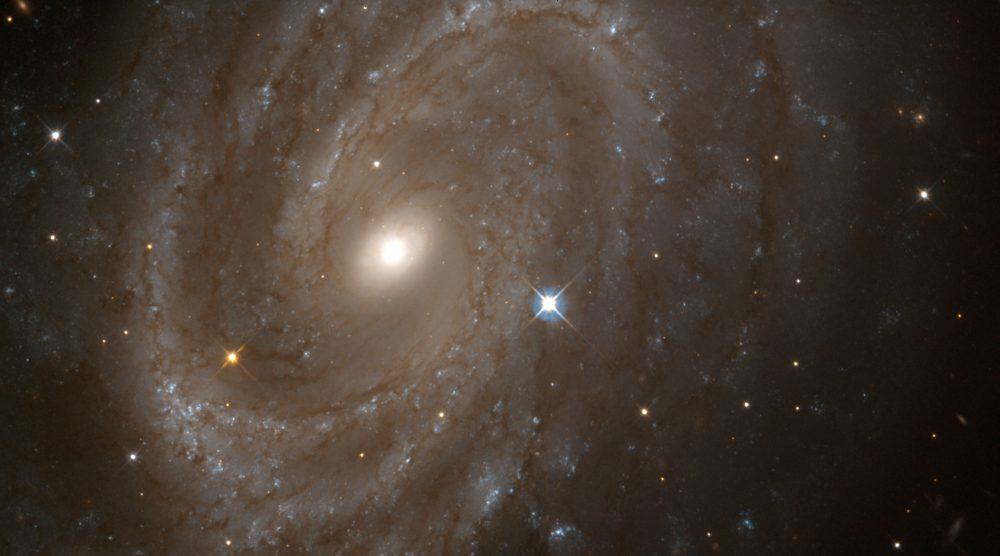The Cosmos with NGC 4603
Cepheid variable stars are a special type of pulsing star whose cycles of intensity and dimness indicate their inherent brightness. When astronomers find Cepheid variable stars in galaxies, they compare how bright they truly are with how faint they appear over distance, and thus determine the distance to those galaxies. It’s something like judging the distance to a car on a dark road by gauging the brightness of its headlights.
Before Hubble, astronomers had only been able to narrow the universe’s age down to 10-20 billion years old – not a particularly exact measurement with 10 billion years of leeway.
Hubble performed the definitive study of 31 Cepheid variable stars, helping to determine the current expansion rate and thereby narrow the age of the universe down to the most accurate it’s ever been. Its observations of Cepheid variable stars in galaxies like NGC 4603, combined with measurements by other observatories, eventually pinned the age down to 13.7 billion years old, plus or minus a few hundred million years. Hubble’s observations helped change the age of the universe from a vast range of possibilities to the kind of number whose precision required a decimal point.
